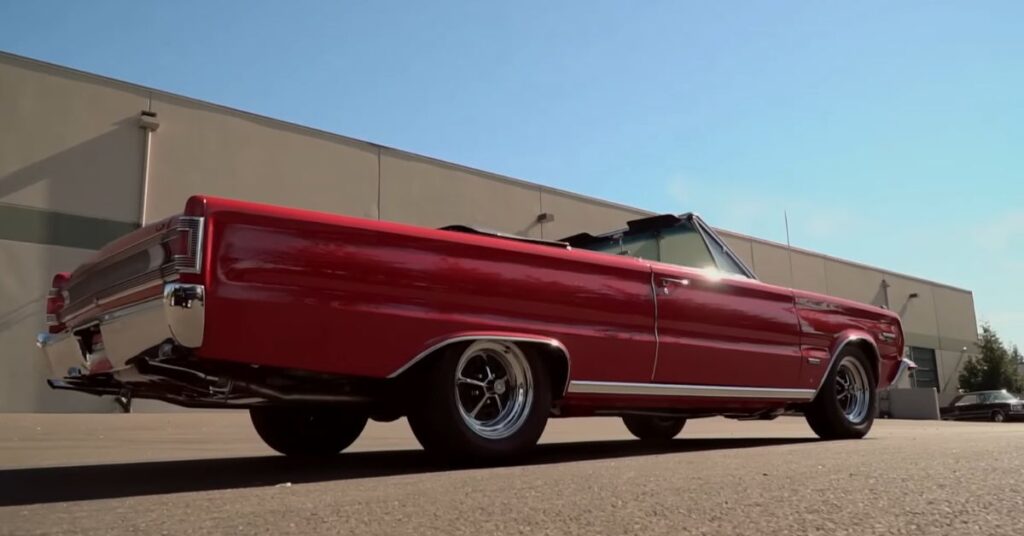The 1967 Plymouth Belvedere GTX 426 Hemi Convertible holds a special place in the hearts of muscle car enthusiasts. In this episode of Muscle Car Of The Week, we dive into the world of the GTX and explore why it became an iconic vehicle in the automotive industry. From its powerful engine to its sleek design, the 1967 Belvedere GTX is a true masterpiece of American muscle.
The Birth of the GTX
By 1967, muscle cars were gaining popularity, and the demand for high-performance vehicles was on the rise. Recognizing this trend, Plymouth introduced the GTX as a luxury car that combined speed, comfort, and style. The “X” in GTX symbolized the extra features and performance upgrades it offered over the base Belvedere model.
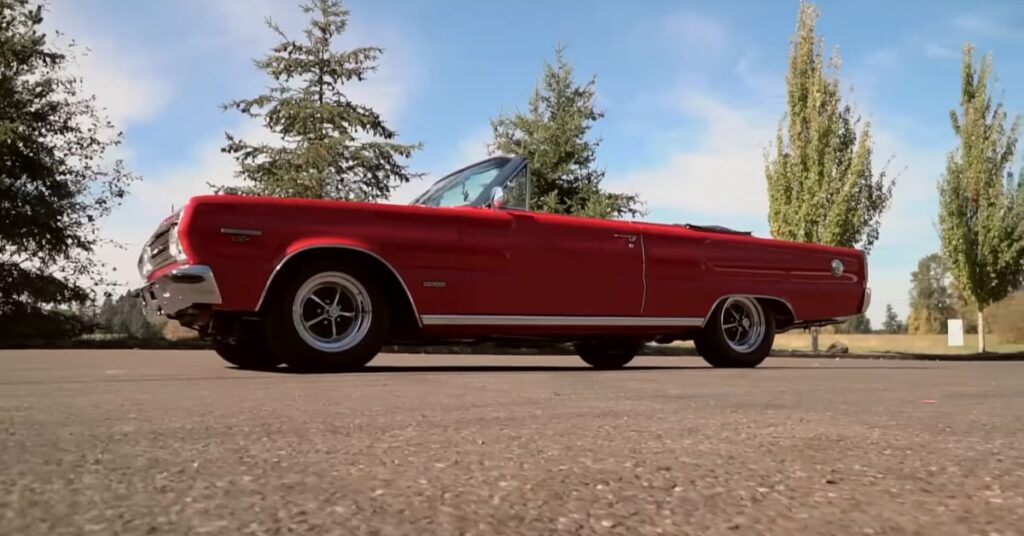
The Plymouth Belvedere GTX became an instant hit among car enthusiasts, capturing the spirit of the era with its powerful engines and striking design. It catered to the luxury car market while delivering exhilarating performance on the road. With its distinctive features and enhanced capabilities, the GTX quickly carved out its place as a true contender in the muscle car segment.
Power and Performance
The Plymouth Belvedere GTX came equipped with a formidable powertrain. The standard engine was the 375 horsepower 440 cubic inch V8, which provided impressive acceleration and speed. However, the true star of the GTX lineup was the 426 Hemi engine. Producing a massive 425 horsepower and 490 foot-pounds of torque, the 426 Hemi turned the GTX into a beast on the road. It was known for its exceptional power delivery and exhilarating performance.
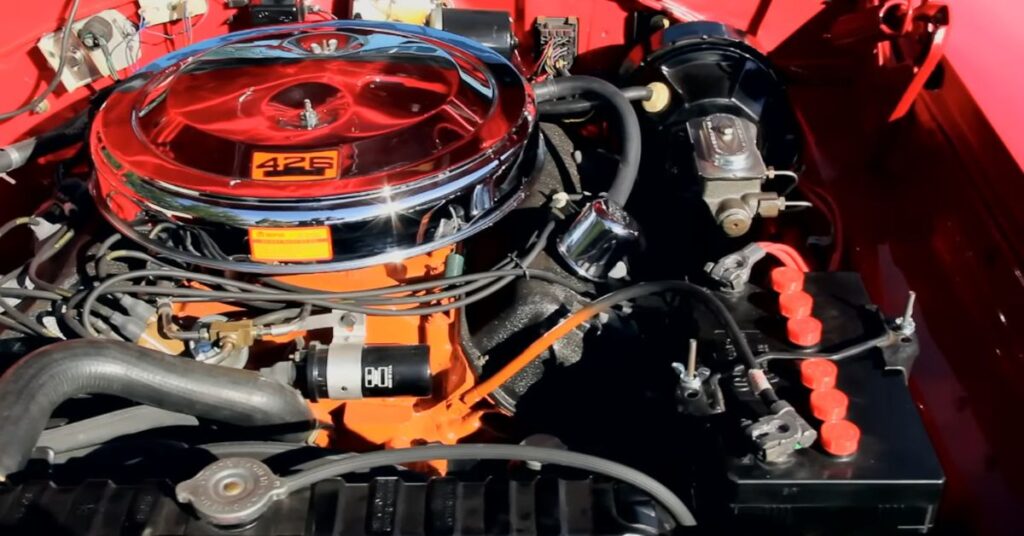
The 426 Hemi engine was a legend in the muscle car era. Its distinct appearance, with rounded dome-shaped piston tops, made it instantly recognizable. With its massive valves and high-flowing intake and exhaust ports, the Hemi engine was optimized for maximum performance. The forged competition-grade internals, including the four-bolt main caps and oversized fasteners, ensured durability under extreme conditions. The Hemi engine was paired with a TorqueFlite automatic transmission, allowing for quick and precise gear changes.
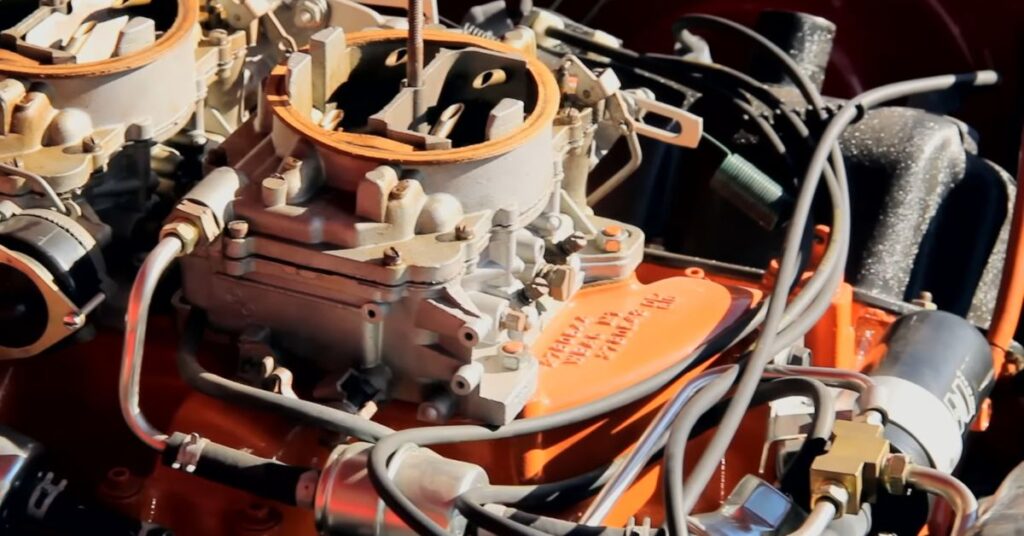
With the 426 Hemi engine under the hood, the Plymouth Belvedere GTX delivered a thrilling driving experience that was unmatched by its competitors. Whether it was the thunderous sound of the engine or the adrenaline-inducing acceleration, the GTX offered a level of performance that made it a true muscle car icon.
Exterior Design
The 1967 Belvedere GTX featured a distinct and aggressive design that set it apart from its competitors. The front end boasted quad headlights, a no-nonsense grille treatment, and a dual snorkel scooped hood, giving it an intimidating presence on the road. The long and lean profile of the GTX was accentuated by its subtle badging and cove sides, adding to its overall aesthetic appeal.
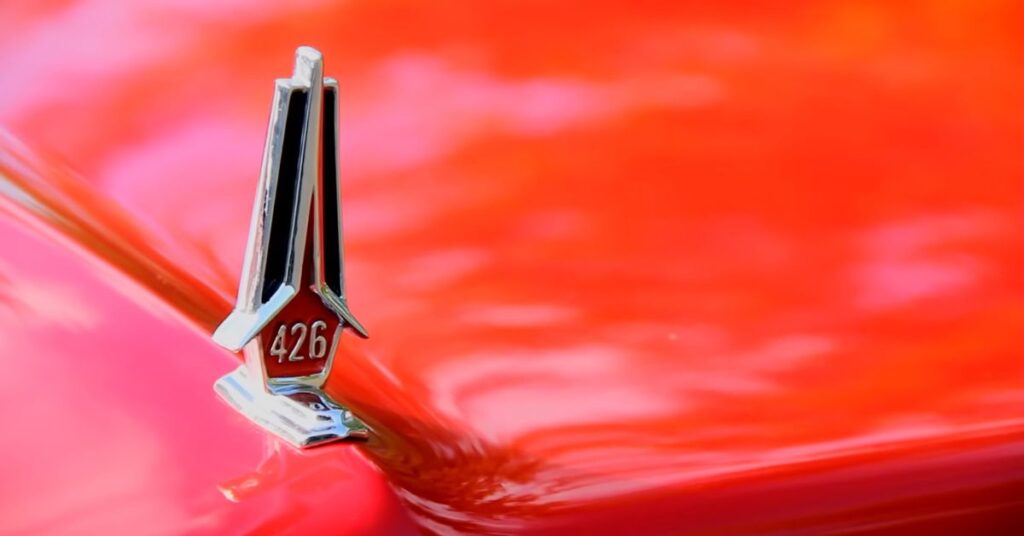
Moving to the rear of the car, the GTX showcased a smart tail panel design with clean horizontal line trim. The rectangular brake and reverse lights were seamlessly integrated into the design, enhancing both the functionality and visual appeal of the vehicle. Every angle of the 1967 Belvedere GTX exuded a sense of power and style, making it an instant head-turner on the streets.
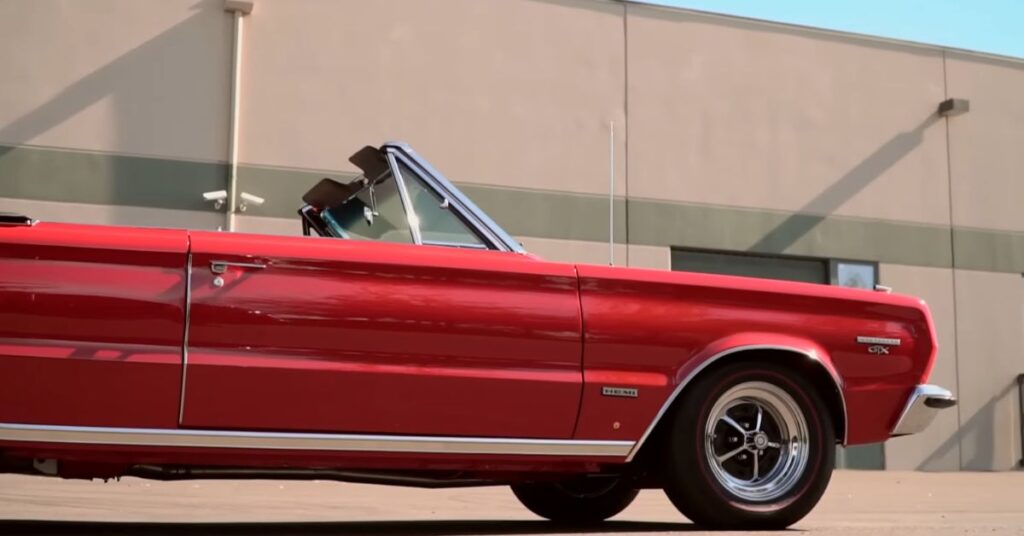
The attention to detail in the design of the Belvedere GTX was evident in its sleek and purposeful features. From the menacing front grille to the carefully crafted body lines, every element contributed to its overall aggressive and commanding presence. The designers at Plymouth successfully captured the essence of a true muscle car, creating a design that continues to captivate automotive enthusiasts to this day.
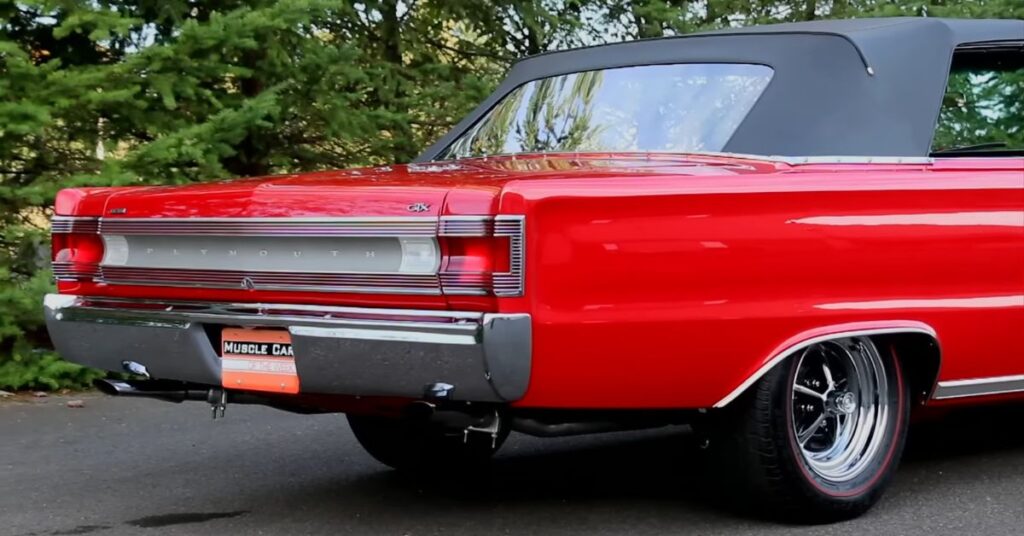
Suspension and Braking Upgrades
To handle the increased power and performance, the GTX underwent significant enhancements to its suspension and braking systems. The inclusion of heavy-duty torsion bars and oversized sway bars played a crucial role in minimizing body roll, ensuring superior stability during high-speed maneuvers. These upgrades allowed drivers to confidently navigate corners and maintain control, even in demanding driving conditions.
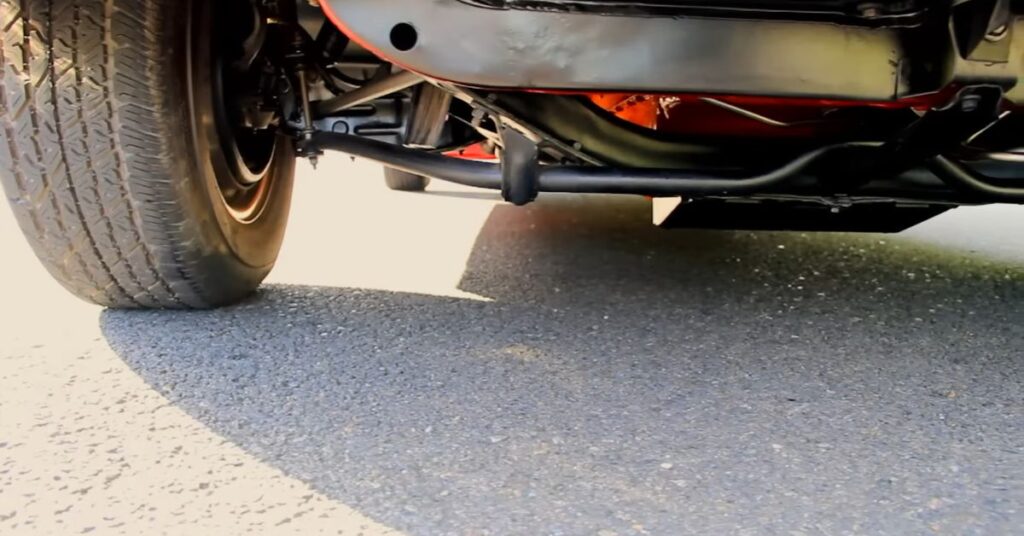
One of the standout features of the GTX was its inclusion of 14-inch Magnum 500 wheels wrapped with redline tires. This combination not only added to the car’s aesthetic appeal but also greatly improved its road-holding capabilities. The wide tires with their distinctive redline markings provided excellent grip and traction, enabling the GTX to effectively transfer its power to the road. Whether accelerating from a standstill or cruising at high speeds, the GTX maintained stability and offered a thrilling driving experience.
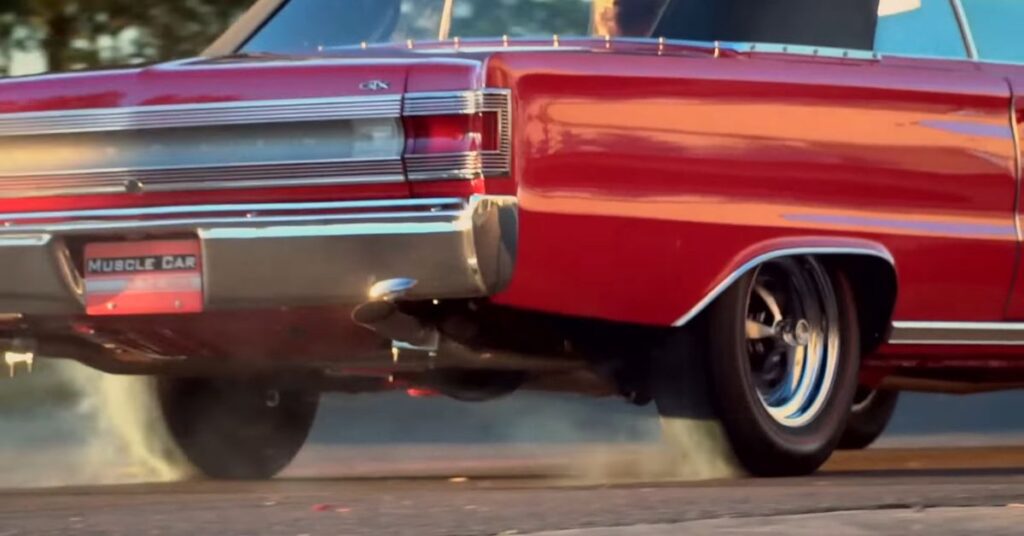
For those seeking even greater braking performance, the GTX offered optional disc brakes. These upgraded brakes provided improved stopping power, resulting in shorter braking distances. The inclusion of disc brakes ensured that drivers could confidently and safely bring the powerful GTX to a halt. With these advancements, Plymouth prioritized both performance and safety, allowing drivers to fully enjoy the GTX’s capabilities without compromising their well-being.
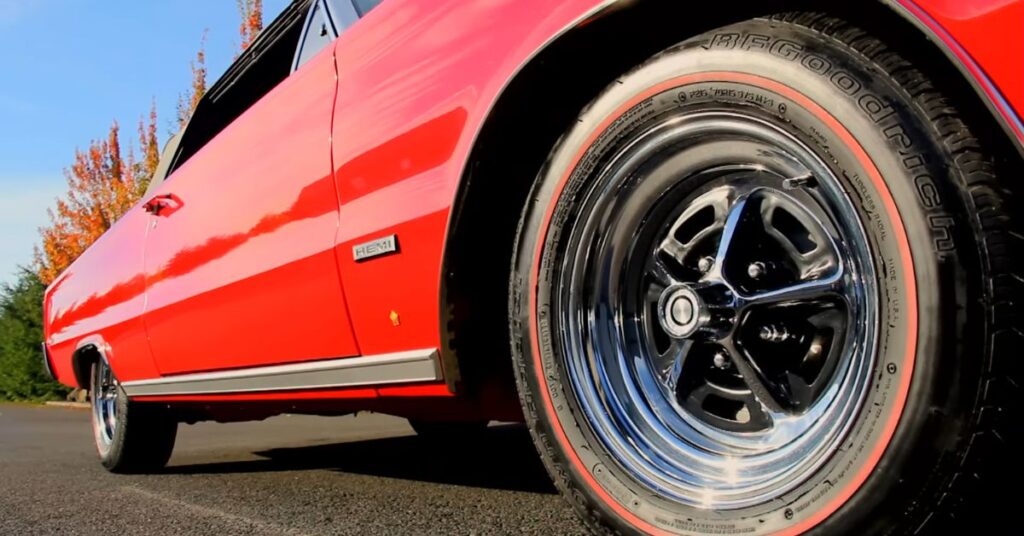
The suspension and braking upgrades on the GTX showcased Plymouth’s commitment to creating a well-rounded muscle car. By optimizing stability, road-holding, and braking performance, the GTX delivered an exhilarating driving experience that perfectly complemented its powerful engine and distinctive design.
Interior Comfort
Inside the GTX, comfort and style were paramount. The driver was greeted by a sporty steering wheel and a clean bucket seat, which contributed to a thrilling driving experience. The interior design of the GTX was focused on functionality, with a dash that housed all the necessary gauges to monitor the car’s performance without any unnecessary clutter.

Although air conditioning was not available in the heavy convertible models of the GTX, it offered a unique open-top driving experience. Embracing the wind and the sun, the convertible variant added to the car’s allure, allowing drivers to fully immerse themselves in the exhilarating journey. The absence of air conditioning was a small price to pay for the pleasure of feeling the power and experiencing the true essence of a muscle car.
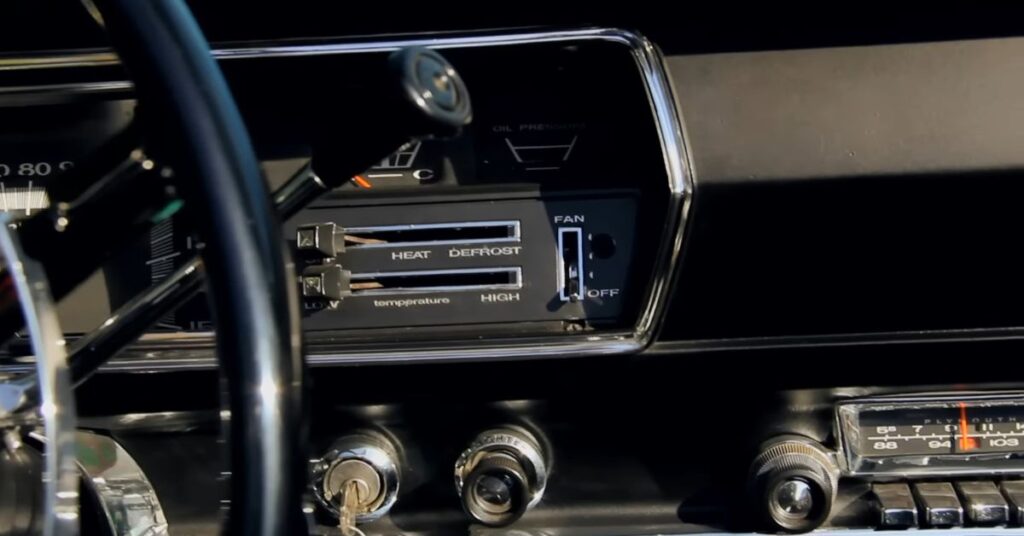
The attention to detail in the interior of the GTX, from the comfortable seating to the well-placed gauges, ensured that drivers could enjoy the driving experience to the fullest. The focus on simplicity and functionality created an environment that was both engaging and comfortable, further enhancing the appeal of the Plymouth Belvedere GTX.
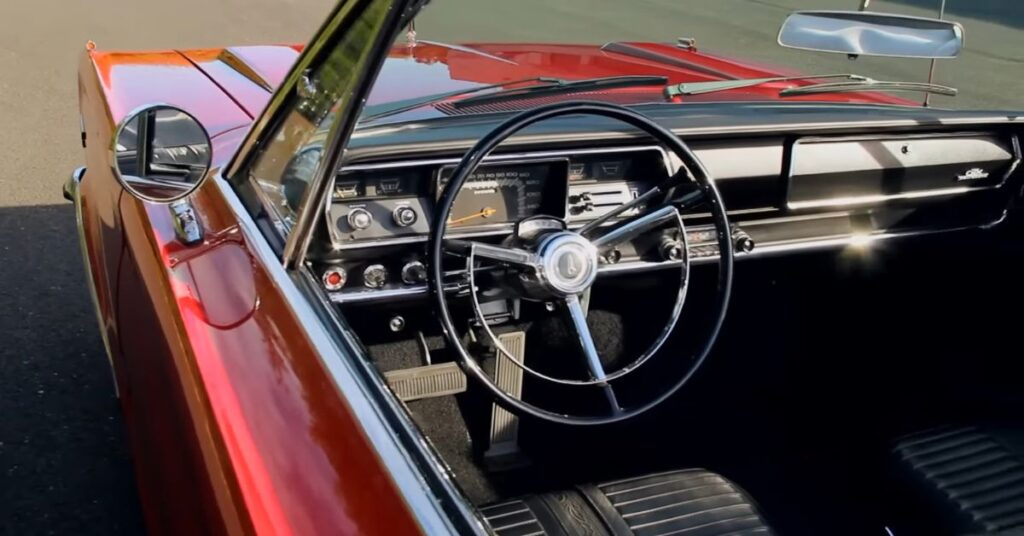
Rarity and Value
The 1967 Plymouth Belvedere GTX 426 Hemi Convertible is a rare gem in the world of muscle cars. With only ten of these convertibles produced with the powerful 426 Hemi engine, they have become highly sought after by collectors and enthusiasts. The limited production numbers, combined with its stunning bright red paint and black interior, make this particular GTX even more desirable.
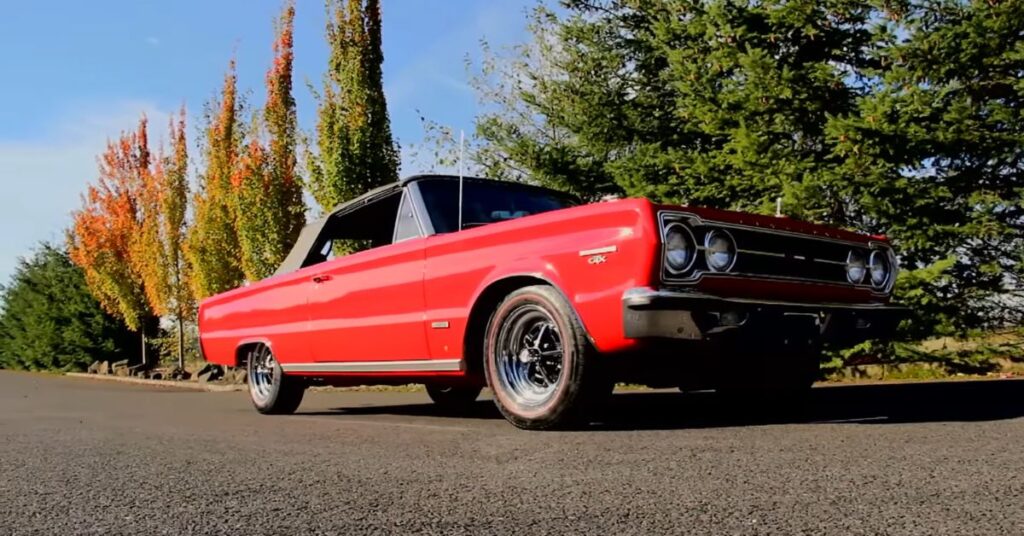
The rarity of the 1967 Belvedere GTX 426 Hemi Convertible adds to its exclusivity and prestige. Its scarcity in the market makes it a true collector’s item, with enthusiasts eager to get their hands on one. The high-performance pedigree of the GTX, coupled with its limited availability, has contributed to its significant value in the classic car market.
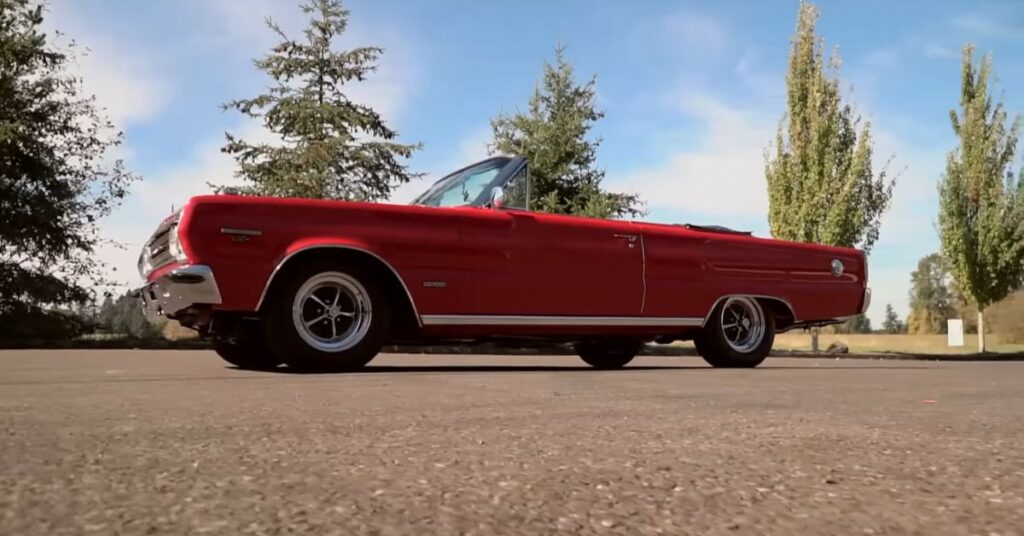
Owning a 1967 Plymouth Belvedere GTX 426 Hemi Convertible is not just about having a remarkable muscle car; it’s about possessing a piece of automotive history. The combination of its rarity, exceptional performance, and timeless design has solidified its status as an iconic vehicle that commands attention and admiration.
Conclusion
The 1967 Plymouth Belvedere GTX 426 Hemi Convertible represents the epitome of American muscle cars. With its powerful engine, striking design, and exceptional performance, it continues to captivate enthusiasts to this day. Whether it’s the thunderous sound of the 426 Hemi engine or the exhilarating acceleration, the GTX leaves a lasting impression on anyone lucky enough to experience it. The 1967 Belvedere GTX remains an icon of automotive history, representing the golden era of American muscle cars.
